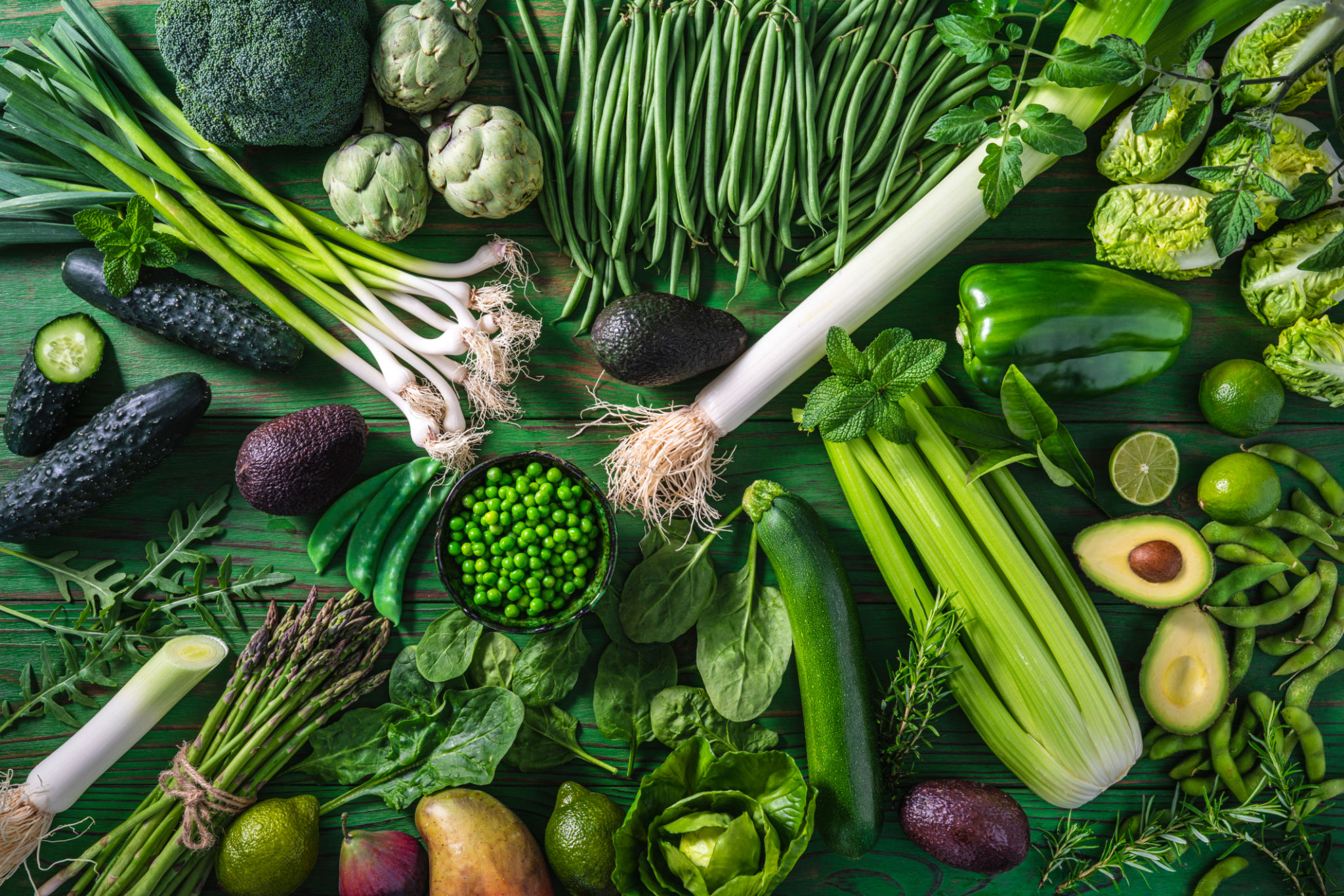Mastering the Art of Seasonal Menus: Tips from Chef Sosa
Understanding the Importance of Seasonal Menus
Seasonal menus have become a hallmark of fine dining and local eateries alike. They offer diners fresh, in-season ingredients and allow chefs to showcase their creativity and adaptability. Chef Sosa, a renowned expert in culinary arts, emphasizes that understanding and embracing seasonal changes can elevate a restaurant's offerings, making them both sustainable and enticing.
Adapting to the seasons not only ensures that ingredients are at their peak flavor but also supports local farmers and reduces the carbon footprint associated with transporting out-of-season produce. This approach resonates with eco-conscious diners who are increasingly seeking transparency and responsibility in their dining choices.

Planning Your Seasonal Menu
Effective planning is crucial when it comes to crafting a seasonal menu. Chef Sosa suggests starting by researching which ingredients are in season locally. This can be achieved by building strong relationships with local farmers and suppliers who can provide insights into the freshest available produce.
Once you've identified the seasonal ingredients, it's time to brainstorm how they can be integrated seamlessly into your menu. Consider how these ingredients can be highlighted in new dishes or used to enhance existing favorites. Chef Sosa recommends keeping a balance between innovative new offerings and beloved classics.

Incorporating Seasonal Ingredients
When incorporating seasonal ingredients, Chef Sosa advises chefs to focus on simplicity. Allow the natural flavors of the ingredients to shine through by using minimal processing and complementary flavors. This approach not only respects the integrity of the produce but also ensures that diners can fully appreciate the seasonal freshness.
Experimentation is key to mastering seasonal menus. Chef Sosa encourages trying different techniques such as pickling, fermenting, or preserving to extend the life of seasonal ingredients. These methods can introduce unique flavors and provide flexibility in menu offerings.
Engaging with Customers
Communicating the benefits of a seasonal menu to customers is essential. Chef Sosa recommends creating engaging narratives around your dishes, highlighting the journey from farm to table. This storytelling not only educates diners about the importance of seasonality but also enhances their dining experience.

Promotions and Special Events
Seasonal menus present excellent opportunities for marketing and promotions. Consider hosting special events like farm-to-table dinners or seasonal tasting menus to attract attention and encourage diners to try new offerings. Chef Sosa notes that these events can create buzz and establish your restaurant as a leader in sustainable dining.
Utilize social media platforms to showcase your seasonal dishes, sharing vibrant images and intriguing backstories. Engaging your audience online can increase interest and drive traffic to your restaurant.
Evaluating and Adapting
After each season, it's important to evaluate the performance of your menu. Gather feedback from customers and staff to understand what worked well and what could be improved. Chef Sosa highlights the value of flexibility, encouraging chefs to adapt their menus based on feedback and changing consumer preferences.
By consistently refining your approach to seasonal menus, you can ensure that they remain fresh, appealing, and successful. The art of mastering seasonal menus lies in continuous learning and adaptation, allowing your restaurant to thrive year-round.

